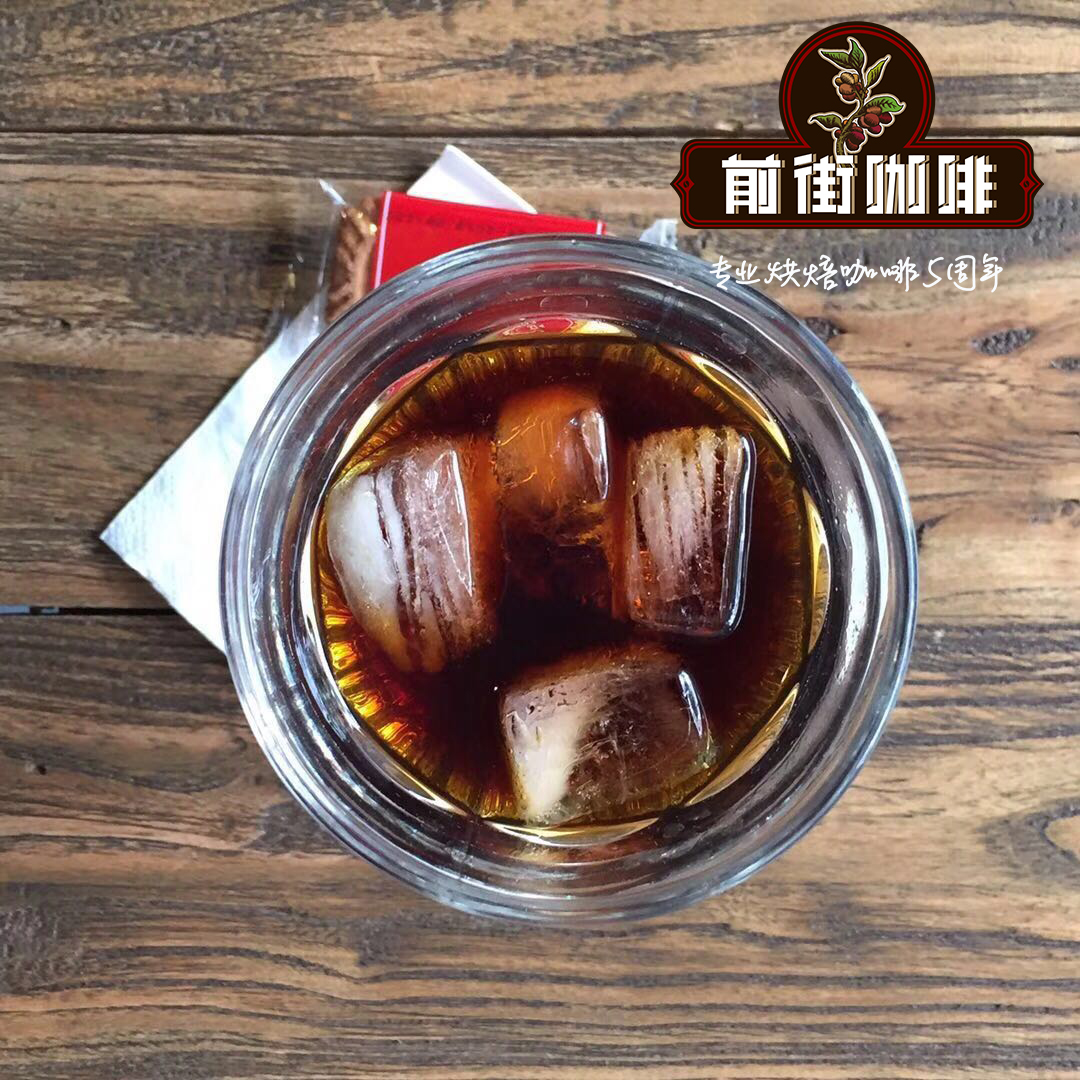Yemeni Matali's flavor describes the Japanese habit of drinking coffee. Ethiopians drink coffee.

Professional coffee knowledge exchange more coffee bean information please follow the coffee workshop (Wechat official account cafe_style)
Yemeni coffee grows in steep terrain with little rainfall, poor land and insufficient sunshine. This unique and difficult condition is not conducive to the growth of Yemeni coffee, but it has given birth to a Yemeni mocha that can not be replaced by the coffee world. The main producing area of Yemeni coffee is Sanani, Matari and Ismaili.
Matari coffee, coffee size is not uniform color difference looks like small peas and shell bad beans (Brog photo), raw beans have a fermented wine aroma, unlike Ethiopian red cherry coffee has eye-catching strawberry sandwich biscuit aroma, but low-key calm after the full flavor of fermented wine is unmatched by sun beans in other countries.
Drinking coffee is not only affected by personal preferences, but also varies from region to region.
Let's see, what are the different habits of people from different countries in drinking coffee?
Japan
The first impression and association of Japan is tea culture, which is a big country in tea production and drinking. In fact, the Japanese also love coffee and have established their own coffee culture since the 18th century. Their coffee consumption is amazing, especially high-end coffee, which is among the highest consumption in the world. The Japanese prefer to use mild V60 drip filter pots or siphon coffee pots (also known as Saifeng pots) to make coffee.
Ethiopia
Traditionally, women prepare coffee: first, roast raw coffee beans in a large iron pan, then mash the roasted coffee beans in a bowl, and then pour coffee powder into a clay pot called jebena and boil it with water. Finally, a small cup of brewed coffee is served with popcorn in a small cup without a grip. This is the coffee ceremony in Ethiopia.
Important Notice :
前街咖啡 FrontStreet Coffee has moved to new addredd:
FrontStreet Coffee Address: 315,Donghua East Road,GuangZhou
Tel:020 38364473
- Prev

Where are the main coffee producing areas in Yemen? the habit of drinking coffee in northern Europe
Professional coffee knowledge exchange more coffee bean information please follow the coffee workshop (Wechat official account cafe_style) Yemen is located in Asia across the Red Sea and East Africa, Ethiopia, is the highest quality natural sun coffee producer, the coffee produced in Yemen is called mocha beans, in fact Mocha is a coffee export port, including nearby East Africa sun beans from the early days
- Next

Flavor characteristics of shallow roasting of Yemeni coffee beans
Professional coffee knowledge exchange more coffee bean information Please pay attention to the coffee workshop (Wechat official account cafe_style) Yemeni mocha raw beans there are a lot of empty beans and beans of different sizes and different colors, which is the characteristic of Yemeni mocha and the reason for its uncertain aroma. Light roasted City (fragrance): Yemeni coffee beans have a peanut aroma after grinding.
Related
- Beginners will see the "Coffee pull flower" guide!
- What is the difference between ice blog purified milk and ordinary milk coffee?
- Why is the Philippines the largest producer of crops in Liberia?
- For coffee extraction, should the fine powder be retained?
- How does extracted espresso fill pressed powder? How much strength does it take to press the powder?
- How to make jasmine cold extract coffee? Is the jasmine + latte good?
- Will this little toy really make the coffee taste better? How does Lily Drip affect coffee extraction?
- Will the action of slapping the filter cup also affect coffee extraction?
- What's the difference between powder-to-water ratio and powder-to-liquid ratio?
- What is the Ethiopian local species? What does it have to do with Heirloom native species?

